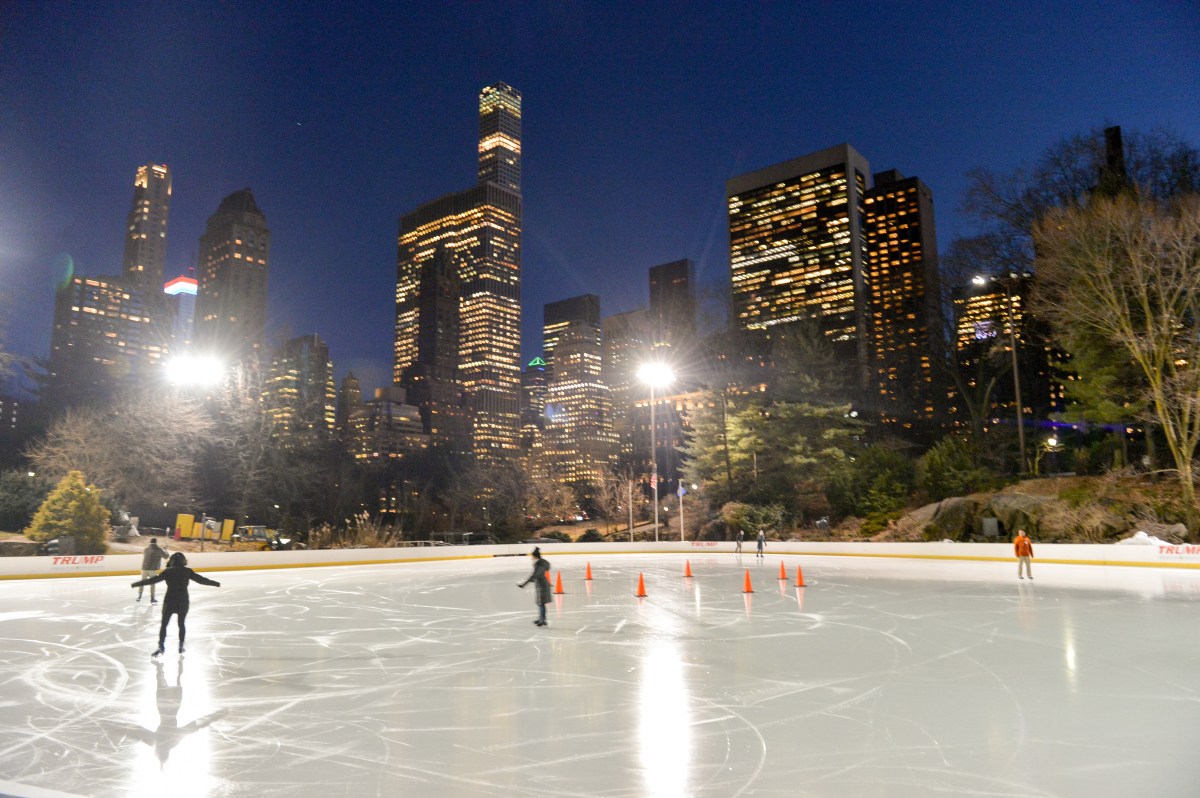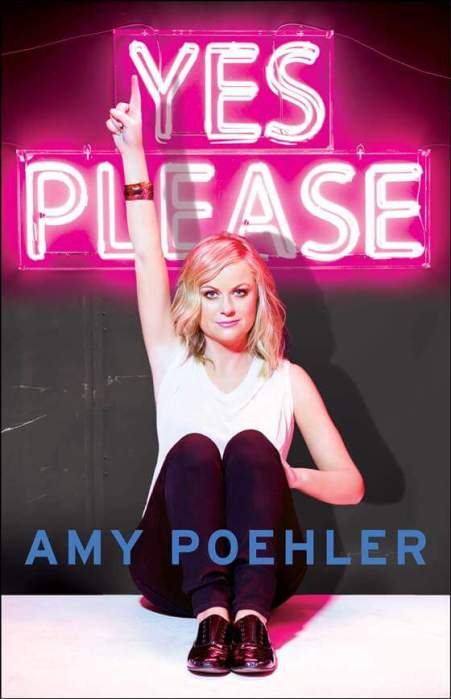![The plan calls for placing garbage containers along the Manhattan shoreline to mitigate floodwaters. Credit: [CONTAINED]](https://metrous.s3.us-east-2.amazonaws.com/1-BOARD11-614x409.jpg)
The concept was devised by Arianna Aremlli, David Sepulveda and Ishaan Kumar, a team of New York architects who recently competed for the ONE Prize, an annual award for environmentally minded design and architecture.
This year’s contest focused on storm-proofing cities, and the team, having just lived through Sandy, decided to focus on Manhattan.
Their work, dubbed [CONTAINED], mixes flood safety with an economic vision for the future of the island’s shoreline. The team envisions a narrow canal around Manhattan, with a kind of miniature city of shipping containers on the other side. The bottom layer would act as a floating landfill, storing the island’s trash, and on top would be businesses, residences and places of industry – all of which could act as a buffer against storm surges.
“We wanted to kill two birds with one stone. The shoreline in Manhattan was built on industries, and throughout the years tourism took over the shoreline,” Sepulveda said. “So, it’s an economic issue, as well as an ecological issue, because of Hurricane Sandy. We wanted to tackle both.”
[CONTAINED] raises some potentially serious issues. For instance, isn’t depositing garbage into the river – even if it is kept safely within steel containers – an environmental disaster waiting to happen? The team acknowledges this, but believes that the city could mitigate the risk through careful monitoring, including sorting trash so nothing potentially toxic makes it into the water, and repurposing and recycling as much of the waste as possible. “We’re not proposing to surround New York with garbage. One layer is really all you need to storm-proof the city,” Kumar said. “There could also be a lot of either recycling, or taking the garbage and turning it into something else.”
There’s also the problem of aesthetics. Surrounding the city with giant metal boxes, some would argue, is simply ugly, and would destroy Manhattan’s view of the rivers. That’s a criticism the group welcomes. In their politically charged vision, [CONTAINED] would give waterfront access to the working-class people who populate their container villages. According to Armelli, the working person was pushed out when Manhattan’s waterfront abandoned industry in favor of high-rise apartment buildings.
“We love when people worry that it would ruin views of the shoreline. That’s the No. 1 response we want,” Armelli said.
“I, the working man who created this city, doesn’t have the benefit of those views, or of that residential status; it’s unfortunate. If they’re going to make the city work, then they should have the benefit. And you guys lost the views, and we’re sorry about that, but we have to protect the city at some point.”
Ultimately, [CONTAINED] is probably too radical a proposal to make it beyond the hypothetical stage, and its architects are fine with that. “Our agenda was to create a political buzz,” said Armelli.
For more stories like this, visit AnimalNewYork.com.





















